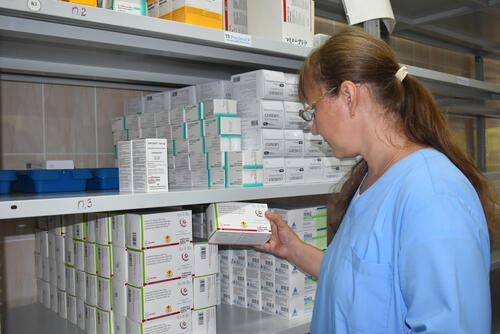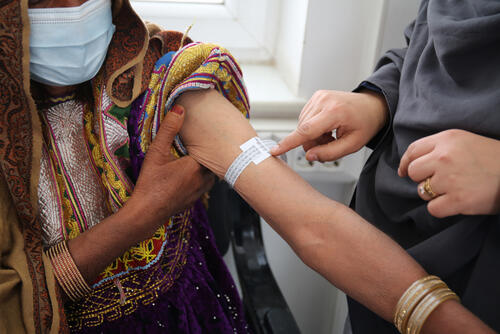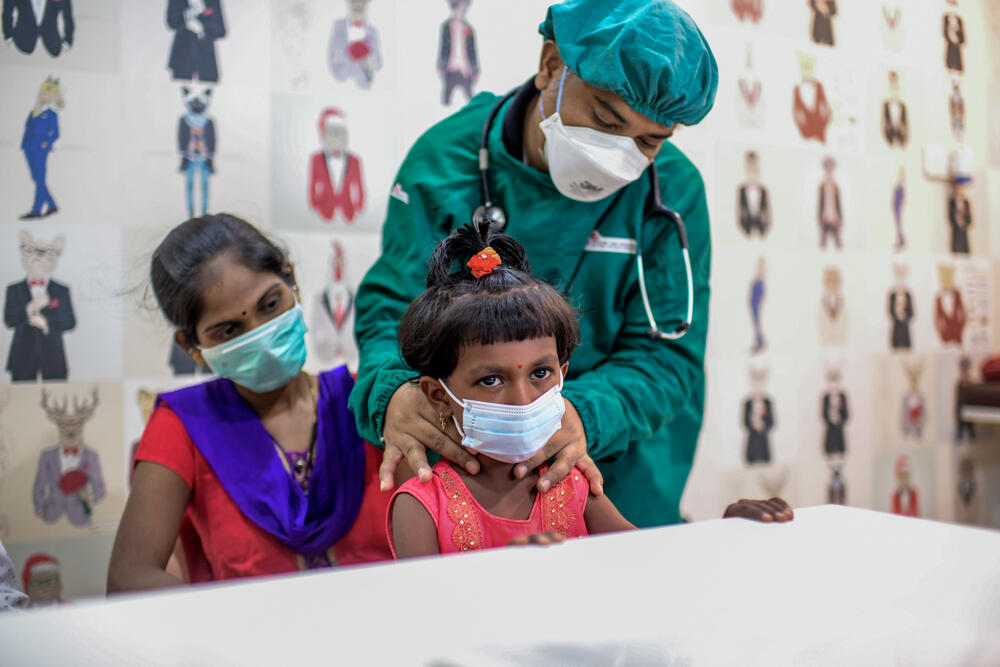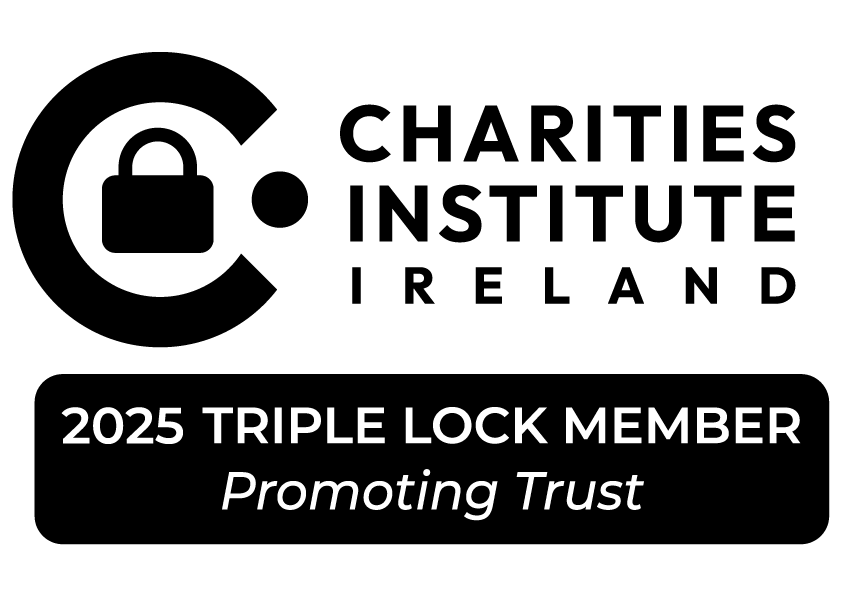Tuberculosis
Tuberculosis (TB) is a deadly infectious disease.
Every year, over 10 million people develop active TB and around 1.5 million die from it.
TB is often thought of as a disease of the past but a recent resurgence and the spread of drug-resistant forms make it very much an issue of the present day and age. Almost half a million people develop multidrug-resistant strains of the disease every year. More people die of tuberculosis every year than from HIV/AIDS.
TB occurs in every part of the world, however the vast majority of cases and deaths are in low- and middle-income countries. According to the World Health Organization, in 2021, around two-thirds of all TB cases occurred in just eight countries: India, Indonesia, China, the Philippines, Pakistan, Nigeria, Bangladesh and the Democratic Republic of Congo.
Though the global death rate from TB dropped more than 40 percent in the years between 1990 and 2011, there are still crucial gaps in coverage and severe shortcomings when it comes to diagnostics and care options.
Furthermore, we are currently seeing an alarming rise in cases of drug-resistant and multidrug-resistant tuberculosis (DR-TB and MDR-TB) that do not respond to the customary first-line drugs.
MSF has been fighting TB for over 30 years. We provide treatment for the disease in many different contexts, from chronic conflict situations, such as Sudan, to vulnerable patients in stable settings such as Uzbekistan and the Russian Federation.
In 2021, MSF started 20,417 people on TB treatment, an increase of around 30% compared to 2021.
1,500,000
TB DEATHS IN 2021
15,400
PEOPLE STARTED ON TB TREATMENT BY MSF IN 2021
400
PEOPLE STARTED ON DRUG-RESISTANT TB TREATMENT BY MSF IN INDIA IN 2021
Tuberculosis: News and stories




